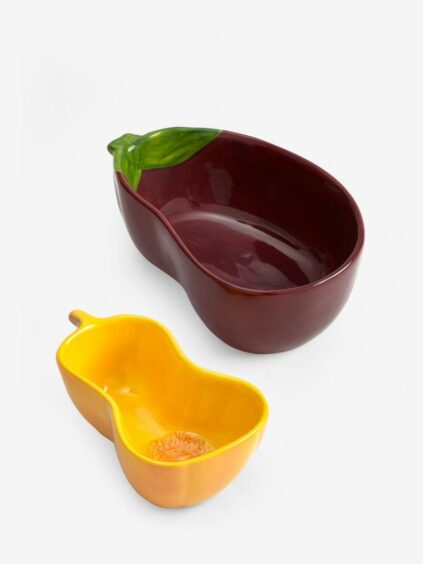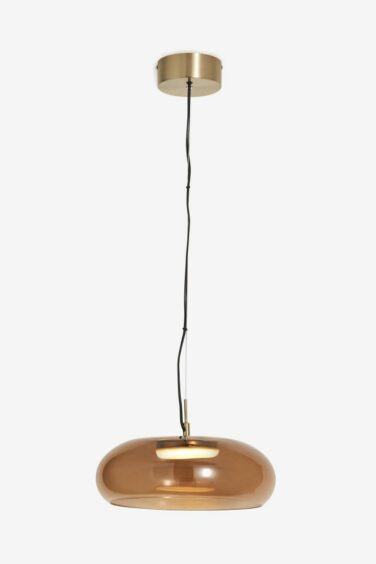A macramé plant pot holder. What’s that all about?
Could it have anything to do with the oil crisis of 1973? Or the Beatles’ visits to the Maharishi in India at the end of the Sixties? Or the Torrey Canyon oil spill of 1967? Or the student protests of 1968?
Or is it just that by the 1970s people had developed a fondness for macramé?
We’ll never know for sure, but lots of things happened around the lunar landings of 1969 that saw people push back against the fascination with space and technology and replace it with a ‘return to nature’ and a concern for the environment and social justice.
Macrame is handmade, imprecise and time-consuming; the very qualities that are not required for a space race.
An awareness of ecological issues was just one factor that influenced our design choices in the Seventies. LSD was another.
With perception-altering drugs and the psychedelic movement came an interest in distorted and disorientating interiors.
Lighting effects blurred the boundaries created by walls and floors while oversized ornaments and murals messed with the occupant’s spacial awareness.
Entertaining at home was a relaxed affair and sectional sofas, curved or L-shaped, were good for conversation and took up less space than multiple pieces of seating.
Guests could hear each other above the record player and there was more room for dancing.
Fifties and Sixties trends, such as plastic, chrome, acid brights and geometric patterns lingered into the Seventies but were offset by earthy tones, organic shapes and natural materials.
There was a lot of wood, typically teak or pine, and it often went up the walls and even across the ceiling.
Deep pile carpet and a fluffy rug was the norm, open-plan living was the dream, and building your own stone fire surround was a weekend’s entertainment.










